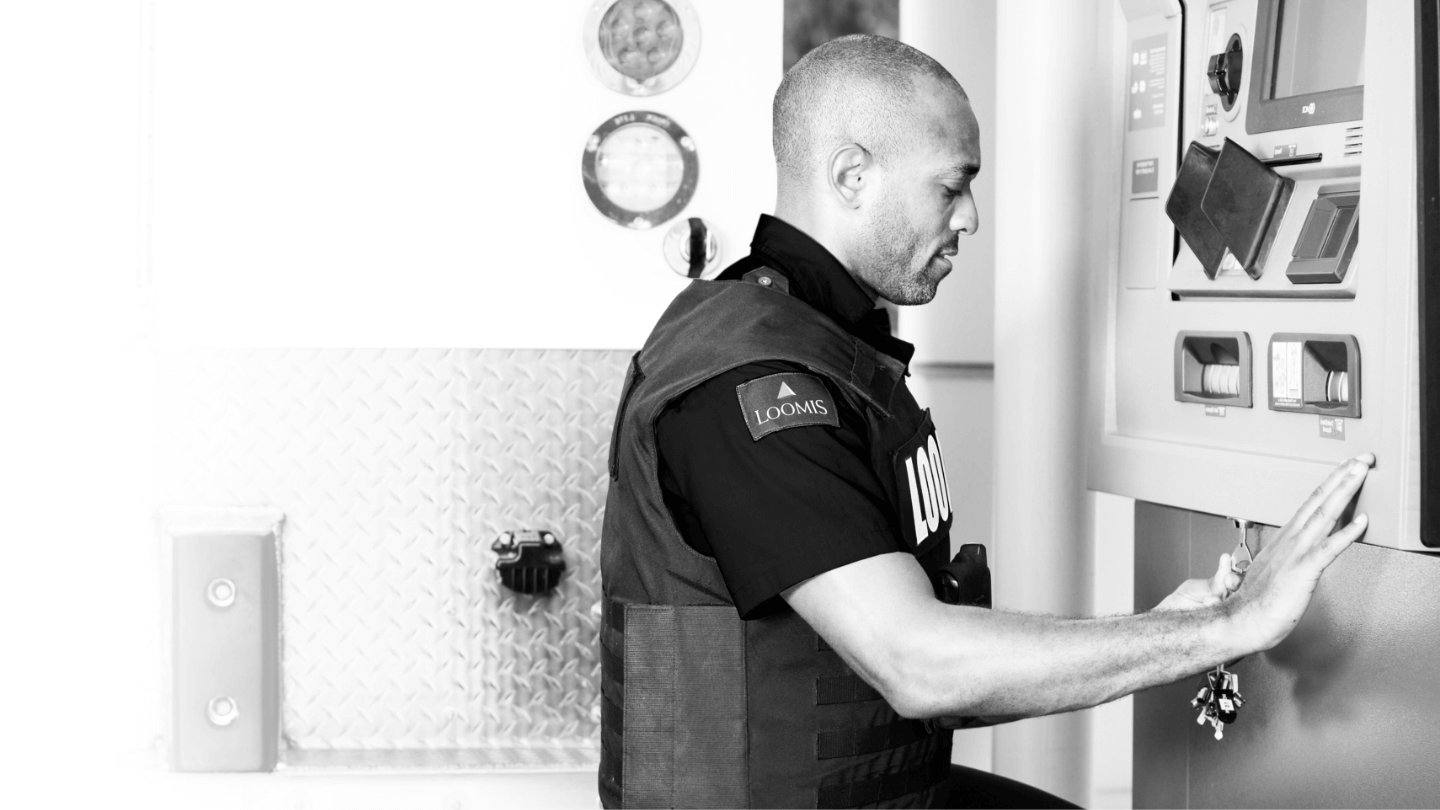Five Types of Retail Shrinkage and How to Prevent Them

Retail shrink refers to any type of loss such as missing money or inventory that should be sellable. While shrinkage occurs in every industry it is most prevalent in the retail industry. According to the National Retail Federation, retail shrink costs businesses more than $94.5 billion in losses with the average retail shrink percentage at 1.44 percent in 2021. And while some shrinkage is unavoidable, retailers typically want to have a total shrink percentage of less than one percent. The first step in reducing overall retail shrinkage is to identify the different types. Below are five types of shrinkage commonly found in stores:
1. Shoplifting or theft
In 2020, shoplifting increased by 13 percent and is typically the largest contributor to retail shrinkage. Shoplifters could steal any product ranging in price so the impact can be highly variable.
2. Return fraud
Return fraud is one of the more overlooked causes of shrinkage. It takes on many different forms including returning stolen merchandise or returning merchandise that has been used or purchased with counterfeit money or receipts.
3. Administrative error
Mistakes can happen… and administrative errors are sometimes unavoidable. This can include mislabeling merchandise for a lower price or refunding merchandise for more than it is worth.
4. Vendor fraud
While vendor fraud is rare, it still accounts for about five percent of retail shrinkage and typically takes two forms. A vendor will either over charge or add fees to the invoice or steal physical inventory from the store when they’re onsite.
5. Employee theft
Employee theft also makes up significant theft losses and can include stealing merchandise, ringing up fake returns, improperly using an employee discount, and most obviously, stealing cash from the POS.
The biggest concern when it comes to retail shrinkage is that the loss of inventory cannot be recovered. This directly impacts the retailer’s bottom line. Some businesses will attempt to reduce the cost of shrinkage to their bottom line by increasing prices for customers. However, this tactic will typically cause damage to customer relationships and overall sales, especially in a price-sensitive market. But there are additional strategies retailers can implement to reduce retail shrinkage:
1. Invest in cash automation technology
Cash automation solutions that utilize cash recyclers, smart safes, and armored truck service can help retailers reduce shrinkage in their stores. This is because these solutions reduce human error while increasing visibility, accountability, and security around cash. They significantly reduce employee theft by eliminating the need for managers to go to the bank to make deposits or get change for their registers, leaving them unsupervised with cash. They also require each employee to have individual PIN numbers so retailers can tell who accessed the safe and when, thus creating a record if any type of discrepancy arises. Cash automation technology also allows retailers to track and monitor the movement of cash in near-real time through their advanced reporting capabilities. When machines do the counting, sorting, and reporting of end-of-day sales and reconciliation, retailers give employees fewer opportunities for shrinkage to occur.
Need help deciding which solution is right for your business? Download our free guide “Smart Safes vs. Armored Car Service: What Does Your Business Need?”
2. Properly train and re-train employees
The employees of the store are often the first line of defense in stopping shoplifting as well as return fraud. Therefore, regular employee training should not be taken for granted. Employee training should cover all forms of theft, including internal theft and return fraud, with procedural information on what to do in each scenario.
3. Increase physical security
While the right cash management technology can reduce administrative error and employee theft shrinkage, retailers should not overlook the impact adding physical security has on shrinkage caused by shoplifting and vendor fraud. This can include strategically placing security cameras in visible locations, increasing lighting inside and outside the store, and keeping non-main entrance doors locked at all times.
Retail business owners who leverage the above strategies are likely to see a lower overall shrinkage percentage than retailers who do not. If you have additional questions about how Loomis can help your business reduce shrinkage, contact us here.
Find out how we can help with your cash management.
Contact Us